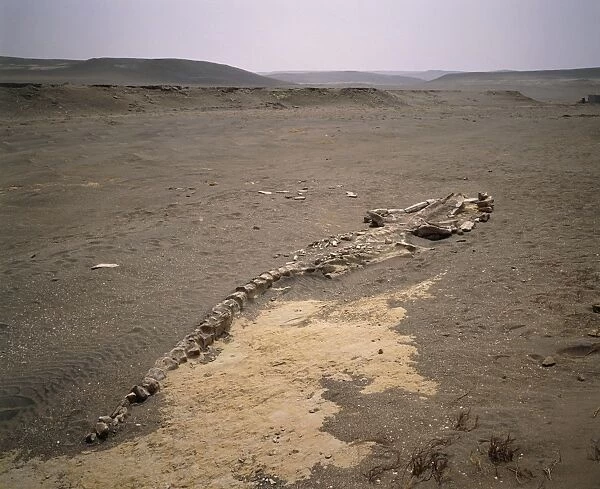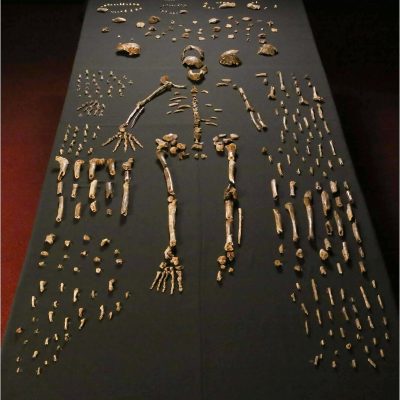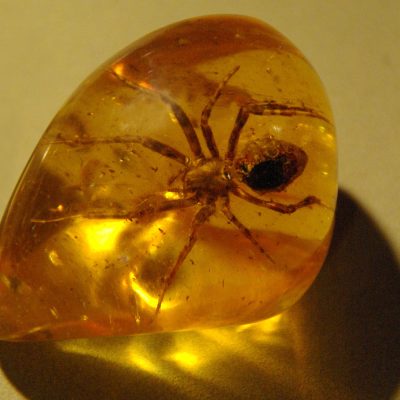Millions of years old whale skeletons have been discovered in the Ocucaje desert in Peru, where archaeologists and geologists are currently conducting excavations under high pressure. Strong winds and the desert climate threaten to destroy the exposed fossils. Researchers have discovered 15 whale skeletons in the Ocucaje desert, about 300 kilometers south of Lima. The exact age of the fossils has not yet been determined, but these whales lived in this area about three to 20 million years ago, which was once an ocean. Strong volcanic activity coupled with plate tectonics transformed the once deep seas into a dry desert landscape. Strong desert winds have now exposed the fossilized whale skeletons. For geologist César Chacaltana and his team, a race against time has begun. If the exposed whale skeletons are exposed to dusty desert winds for too long, their decay will not be long in coming, says Chacaltana.
The 45 square kilometer area around Ocucaje is not unknown to researchers. In 2008, they discovered the skeleton of an extinct sperm whale (species: Livyatan melvillei), estimated to be 12 million years old. The prehistoric sperm whale is one of the largest known marine predators, growing up to 20 meters long and having 70 teeth, which could grow up to 36 centimeters long. This discovery is already on display at the Natural History Museum in Lima. Researchers suspect that there are numerous other fossils in this area, but Chacaltana and his colleagues lack the financial resources for expensive high-tech equipment to locate them. Susana Vilca, director of the Geological Institute Ingemmet, plans to open a paleontological park in this area. Experts are already working on plans for implementation. The difficulty lies in allowing visitors to get close to the fossilized whales without the risk of unintentionally destroying them.
The discovery of these whale skeletons in the Ocucaje desert is a significant find for researchers and provides insight into the area’s geological history. However, the threat of destruction from the harsh desert climate highlights the need for urgent action to preserve these fossils. The proposed paleontological park could provide a solution to this problem, allowing visitors to appreciate the fossils while protecting them from damage. As research continues in this area, it is likely that more significant discoveries will be made, providing further insight into the evolution of marine life and the geological history of the region.










